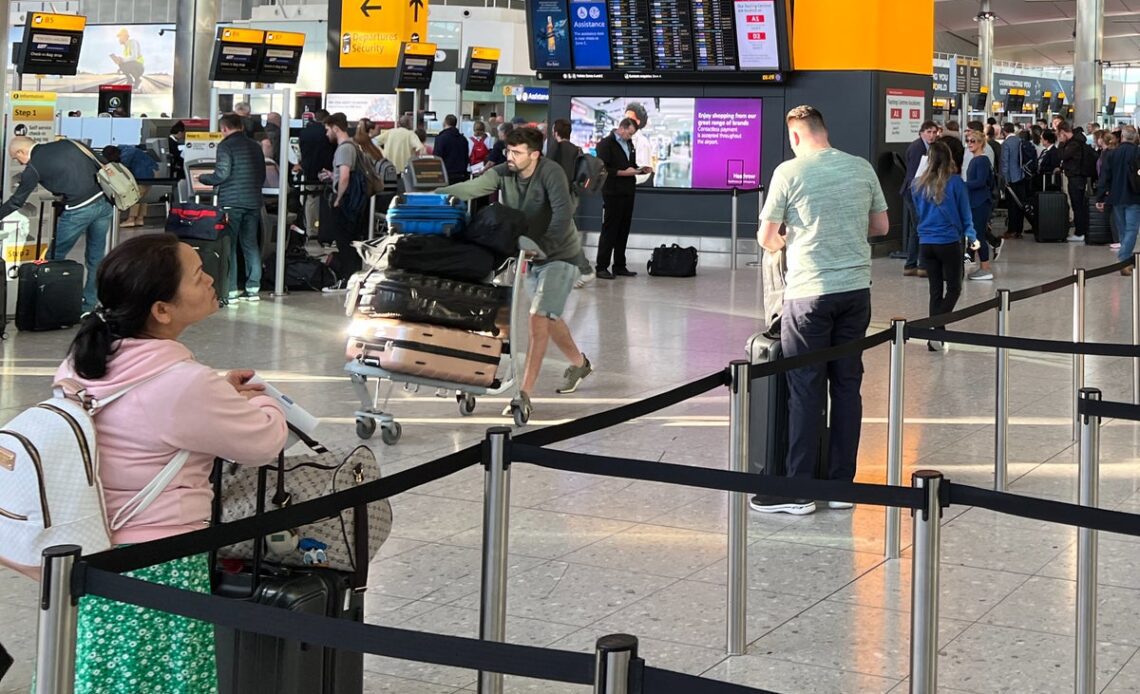The point of aviation is to connect the people of planet earth. Heathrow airport aims “to give passengers the best airport service in the world”. It makes money from enabling as many people as possible to fly. So for it to suppress the number of travellers who can avail of its services is one of the strangest aspects of the increasingly weird summer of 2022.
To refresh your memory: three weeks ago Heathrow suddenly imposed a cap of 100,000 departing passengers per day. That is 4,000 shy of the average number of daily bookings to leave the airport during the summer, and more than 20,000 short of the available seats.
Given that the world, his wife, their extended family and assorted hangers-on all seem to want to fly this summer, you would expect many of those 20,000 seats to be snapped up, many at short notice.
Instead, Heathrow is doing what it can to reduce the number of people parking their cars, drinking coffee and spending in duty-free shops in peak season. And airlines have stopped selling those immensely lucrative last-minute tickets.
Heathrow has lost billions during the coronavirus pandemic, yet is prepared to forego revenue in order to reach an elusive destination: resilience.
The consumer detriment is significant: choice is reduced and fares are painfully high. For example on Flybe from Heathrow to Belfast City, a route on which British Airways has ceased sales until 16 August, £300 was the starting price for travel on 3 August.
So what is going on with Heathrow?
“In recent weeks the airport has struggled to cope as passenger volumes increased beyond the collective capacity of companies across the airport to serve them,” says its latest announcement.
“This resulted in an unacceptable increase in delays to get planes on to stand, bags not travelling with passengers or being delivered very late to the baggage hall, low departure punctuality and some flights being cancelled after passengers had boarded.
“That’s why we introduced a cap on daily departing passenger numbers. The cap has slightly reduced passenger numbers bringing them into line with available resources, and as a result, is already resulting in better, more reliable journeys for passengers.”
The airport is not shy of a bit of finger-pointing: “Heathrow is keen to get back to operating without a cap as quickly as possible, but that is dependent on teams across the airport, notably some airline ground handlers, achieving sufficient resource levels.”
Passengers, too, could…
Click Here to Read the Full Original Article at The Independent Travel…
